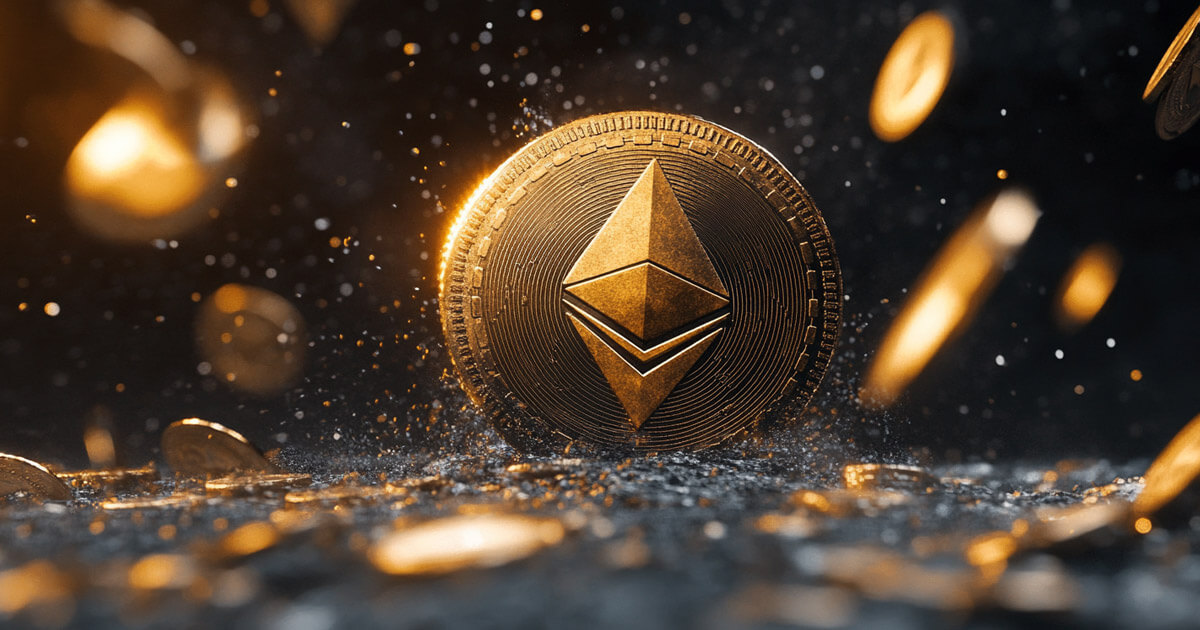
Vitalik Buterin mentioned that the collection of important developments in Ethereum’s (ETH) ecosystem in latest months have made the community’s fundamentals “loopy robust.”
Buterin made the assertion in response to claims that Ethereum has “weakened rather a lot” throughout this market cycle, countering the narrative by citing a collection of latest developments and achievements throughout the ecosystem.
Sturdy fundamentals
Buterin began by highlighting the numerous discount in transaction charges on Layer 2 (L2) options, now averaging under $0.01. He argued that this has made Ethereum extra accessible and cost-effective for customers, a important think about sustaining the community’s competitiveness.
Onchain knowledge reveals that Ethereum L2 Arbitrum noticed its charges fall from over $0.50 in March to a spread between $0.01 and $0.004 since mid-April.
On the similar time, the every day transaction rely has constantly surpassed 1 million, which excludes the potential of charge discount attributable to lack of exercise. Related actions may be witnessed whereas analyzing different Ethereum L2s, equivalent to Linea, Starknet, and zkSync Period.
Buterin attributed this shift in charge costs to the implementation of EIP-4844 and the introduction of devoted block areas — known as “blobs” — for knowledge despatched from L2 blockchains on Mar. 13.
He additionally emphasised the progress made by Optimism and Arbitrum, each of which have reached vital milestones of their growth, which he labeled “Stage 1.” Buterin mentioned these platforms are important to Ethereum’s scalability technique, providing quicker and cheaper transactions whereas sustaining the safety and decentralization of the principle Ethereum community.
Bettering know-how
Along with these technological developments, Buterin pointed to enhancements within the consumer expertise for cross-L2 wallets, which now require much less guide intervention when switching networks. This enhancement simplifies interactions throughout the Ethereum ecosystem, making it extra user-friendly.
Buterin additional emphasised the rising maturity of Zero-Data (ZK) know-how, which has turn out to be extra highly effective and accessible for decentralized utility (dApp) builders.
He added that the evolution of ZK tooling, together with the emergence of second-generation privateness options like 0xbow.io, show Ethereum’s continued innovation in privateness and safety.
Buterin mentioned that the increasing ecosystem for id, repute, and credentials inside Ethereum, which is seeing elevated adoption and sensible use, will likely be one other key driver of adoption. He additionally pointed to important progress within the growth of STARKs (Scalable Clear Argument of Data), that are very important to Ethereum’s long-term safety and decentralization targets.

